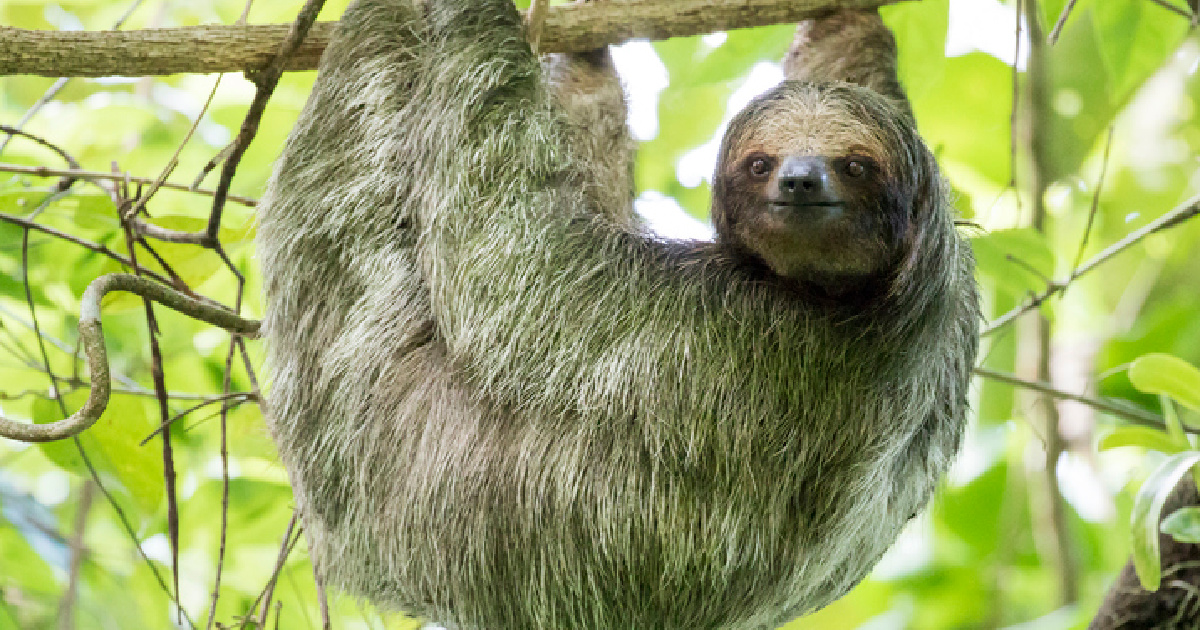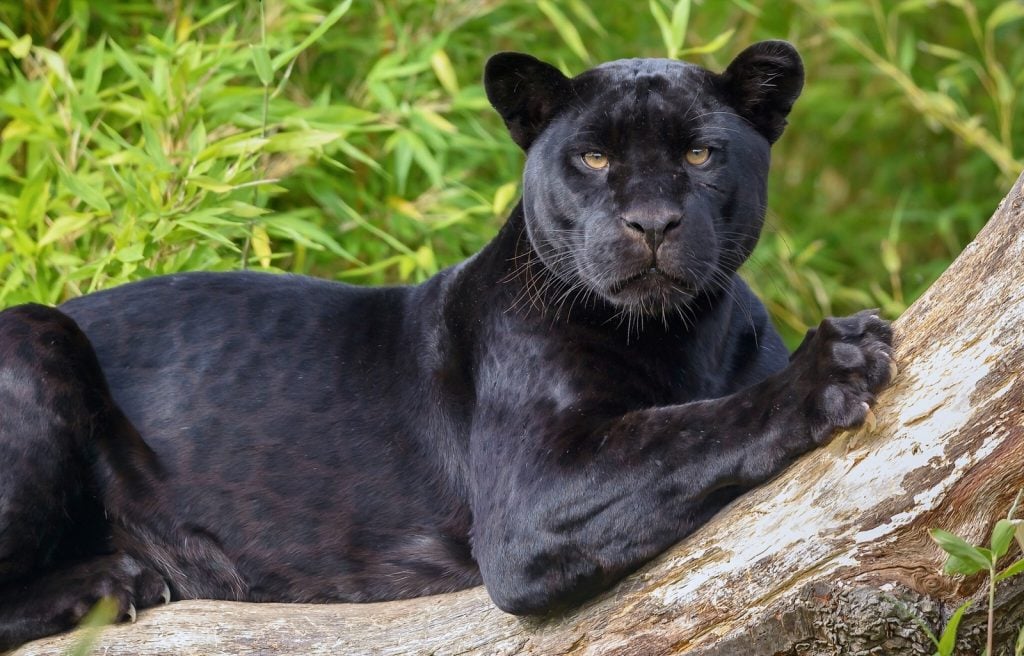We are surrounded by colors in nature. The world is painted with strong colors and beautiful colors, but not all colors are equal (or located equally). Greens, browns, and colors like that are everywhere, while others are actually very rare. Blue is among the world’s rarest colors-not only because it is beautiful, but because it is so rare in the natural world.
Other than being a strong pigment, blue is not often found in the pigments of plants or animals, but rather in unique structures that reflect and refract light to create a blue color from an absence of color at all. Why is that? And why does blue appear in nature at all?
These questions touch on biology, chemistry, and evolution, and it is fascinating to see what we can learn about blue and why we find so little of it in our environment. To that aim, this article will address the reason blue is so difficult to find in nature, as well as our understanding of the science of blue.
Check Out: List of Top 10 Oldest Languages in the World (Still Spoken)
List of Top 10 Rarest Colours Found in Nature
Here are the top 10 colours that are rarely found in nature, along with the reasons why they are rare:
| No. | Colour | Reason |
| 1 | Blue | Pigment scarcity |
| 2 | True Purple | Chemical instability |
| 3 | Red (in animals) | Evolutionary risk |
| 4 | Green (in mammals) | Pigment absence |
| 5 | Pure Black | Light absorption |
| 6 | Bright Pink | Genetic rarity |
| 7 | Ultraviolet | Human invisibility |
| 8 | Turquoise | Structural dependence |
| 9 | Silver (natural) | Metallic rarity |
| 10 | Indigo | Unstable pigments |
Which is the Rarest Colour Found in Nature?
Here are the top 5 colours which are the rarest to be found in nature, explained in detail along with scientific backing and proof of what makes them so rare:
-
Blue
The rarest color on the planet is thought to be true blue. This has been scientifically backed and proven by the University of Adelaide. Colors like green and brown tend to be fairly common because many plants and animals produce pigments such as chlorophyll and melanin; however, blue pigments are extraordinarily rare.
The majority of blue colors we observe in animals and plants should not be regarded as blue pigments; instead, they represent a physical concept that is recognized as structural coloration. Structural coloration means that microscopic structures present in their skin, feathers, or wings reflect and scatter light, producing the appearance of blue.
Scientists have concluded that it is is chemically complex to create true blue pigments, which makes blue very rare in nature, which is why blue is still one of the rarest colors you will find in living organisms.
2. True Purple

True purple is is chemically unstable in natural conditions, so it is rare. Many flowers look purple, but the pigment responsible for the color, while it appears purple, is usually a mixture of red and blue pigments, instead of a separate true purple pigment.
Throughout history, Tyrian purple, a dye of true purple extracted from certain sea snails, was so rare and so much labor was needed to produce it, that it was restricted to royalty and the elite. Very few natural organisms can create true purple pigments, so it is a tremendously rare color.
3. Red (in Animals)
Red is a vivid and uncommon color in the animal kingdom, particularly in vertebrates. The uncommonness of red features is chiefly an evolutionary consideration.
Bright red is a color that makes animals conspicuous to predators, so the force of natural selection usually tries to eliminate this color unless the situation warrants it, like warning coloration or mate attraction.
When the color red does occur, it is usually an indicator of toxicity or aggression, like some frogs and insects. Red is more often found in bird species or insects that have some other type of defense against predators.
4 Green (in Mammals)

Green exists a plenty in the plant kingdom and as near as none in mammals. For mammals, the reason is the absence of biological pathways to make green pigments.
On the rare occasion mammals appear green, like with sloths, which is not the result of pigment in their own skin/hair but a result of algae growing on them.
Mammals have this absence of green pigment, which is contrasted with reptiles, amphibians, and birds, which have some common categories that include green pigments.
5. Pure Black

Pure black is found in very few places in nature because it requires almost complete absorption of light, which isn't often achieved through natural pigments alone; typically, we see purely black created through structural features.
Certain species, like certain birds-of-paradise, have developed microscopic feather structures that absorb over 99 percent of light, making them appear blacker than black surfaces.
Birds typically use these adaptations during mating displays to enhance contrast and visibility. In other environments, such as the deep sea, some species of fish also exhibit nearly pure blackness as camouflage, given that there is no light at those depths.
Comments
All Comments (0)
Join the conversation